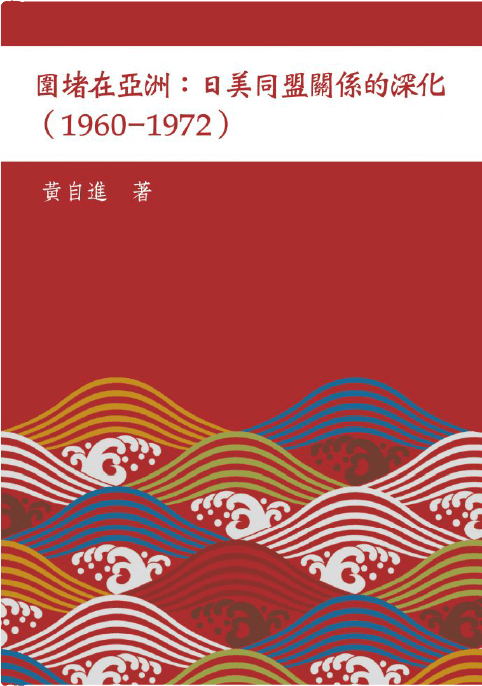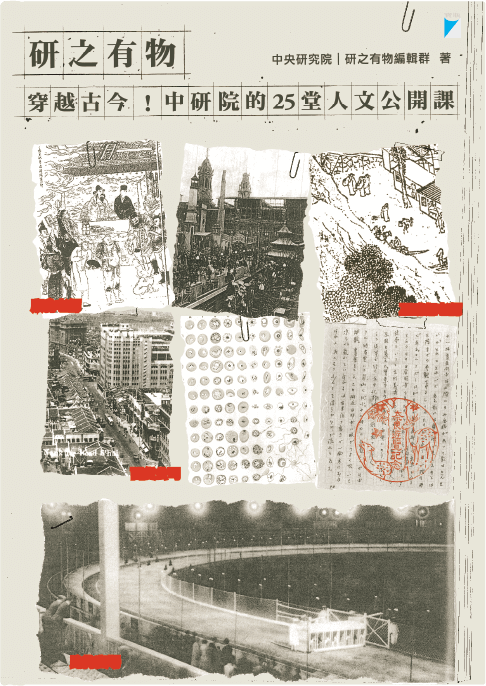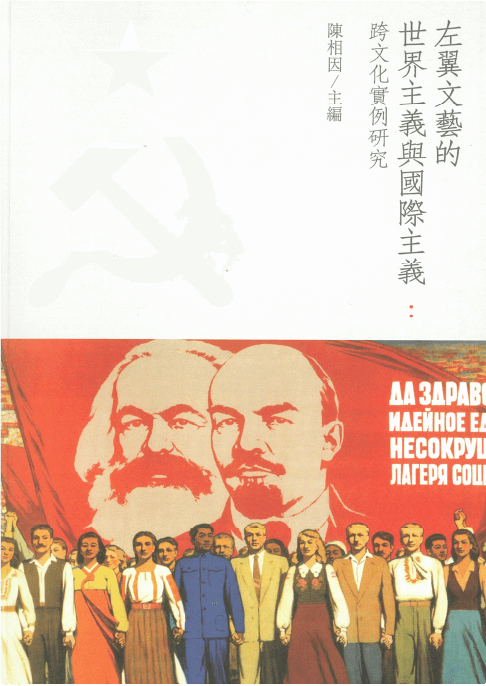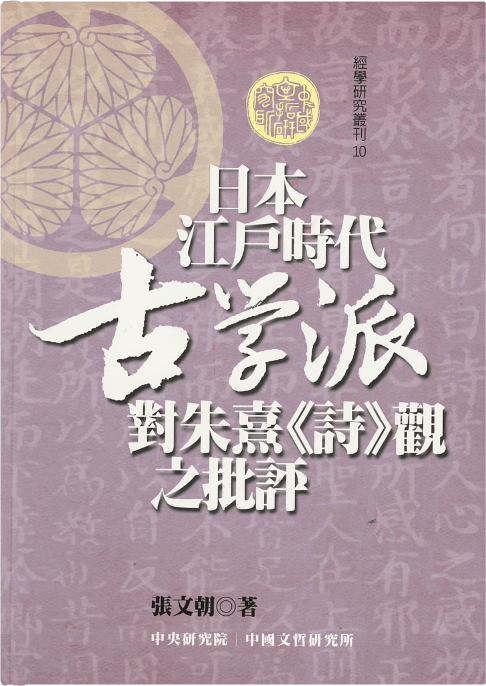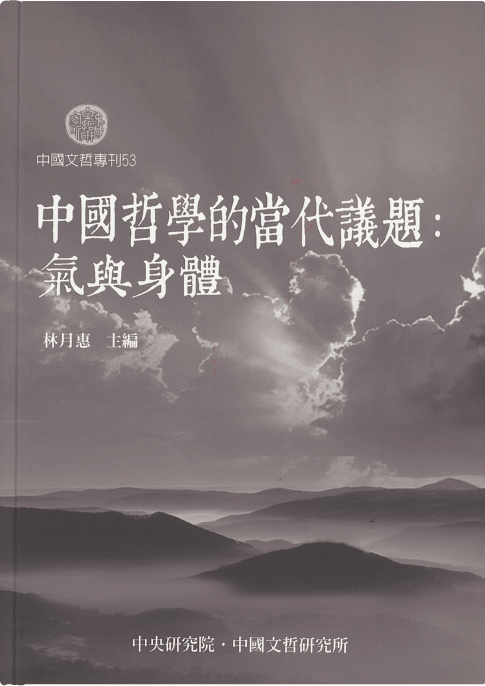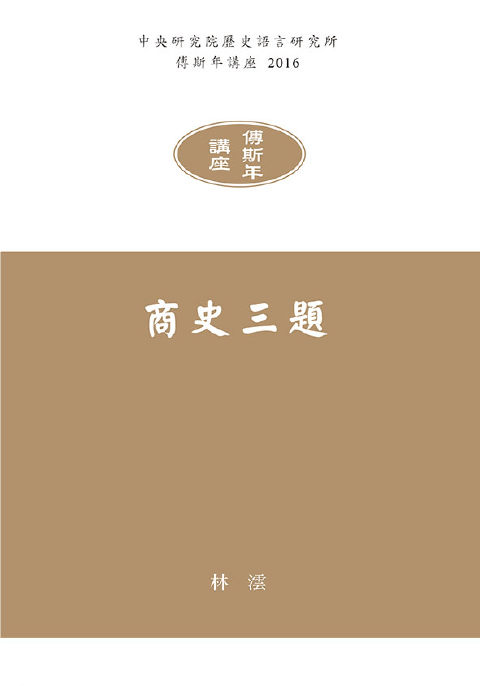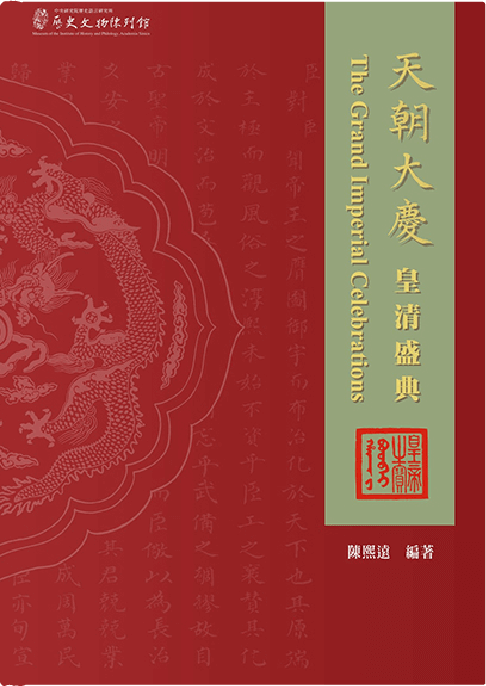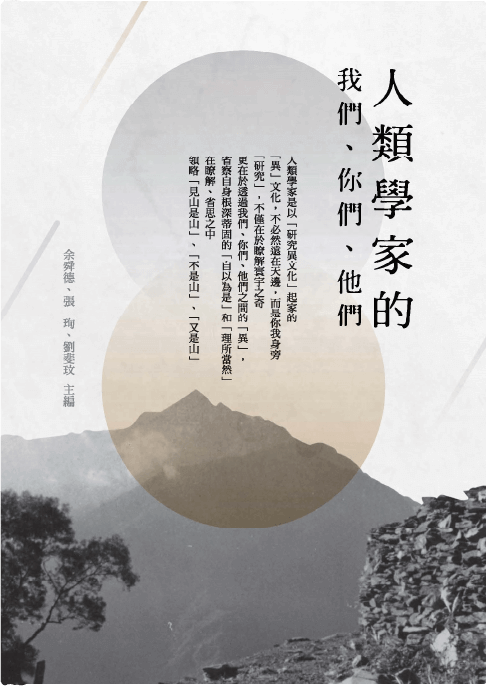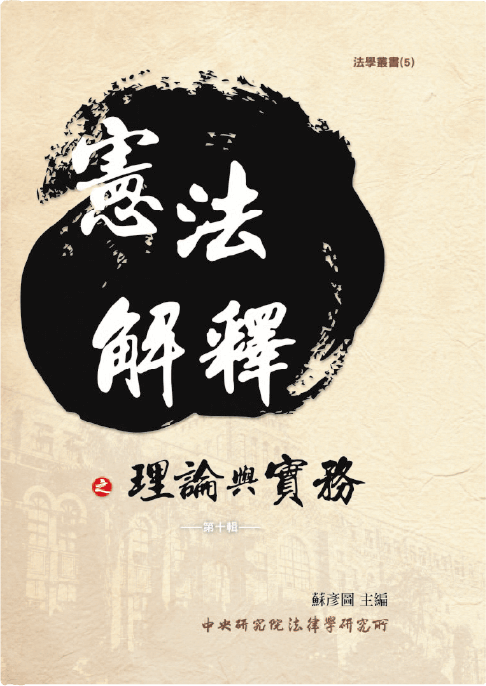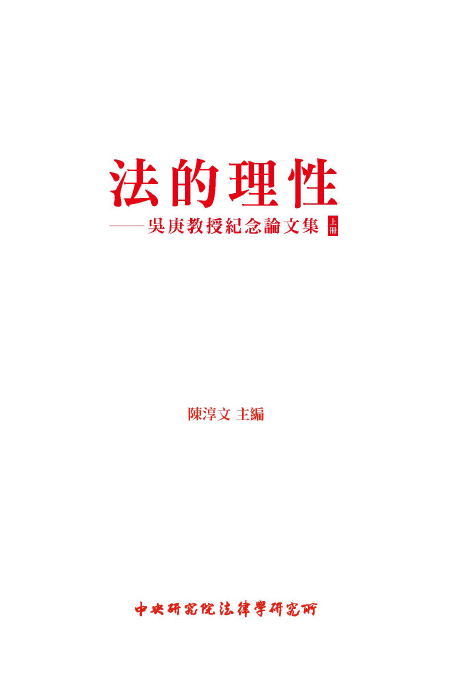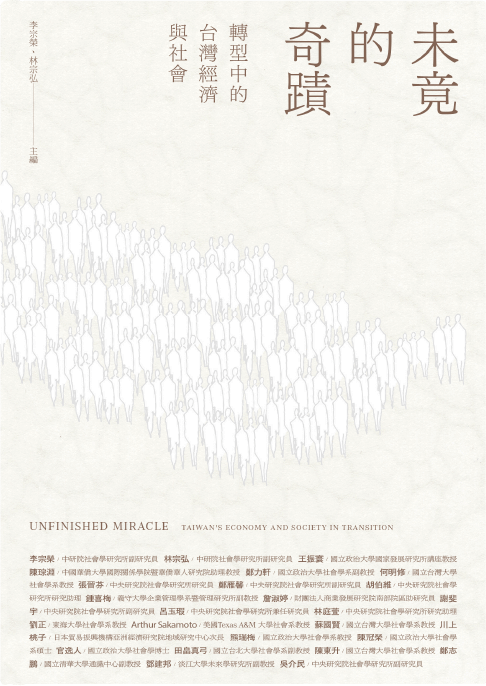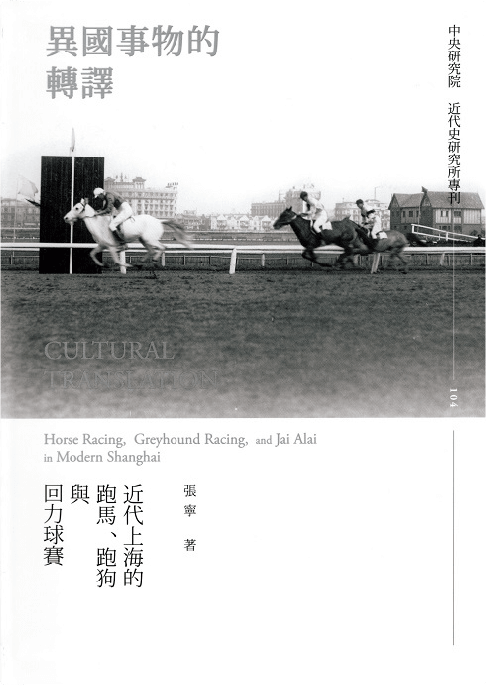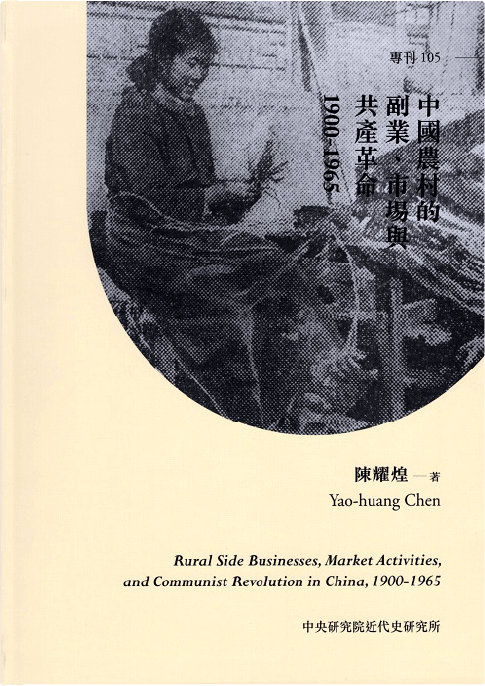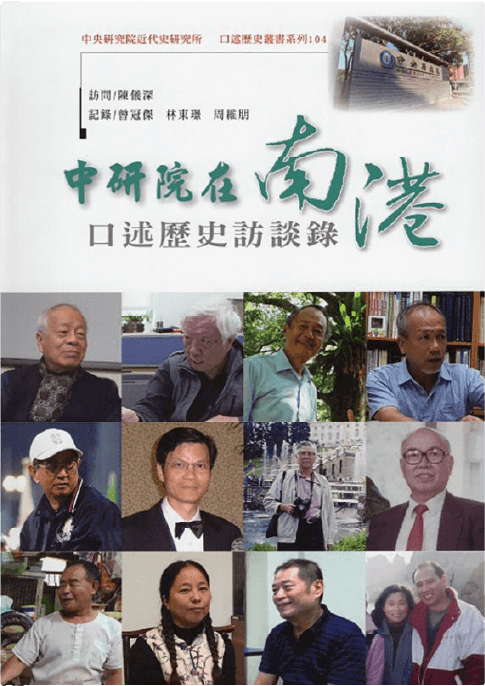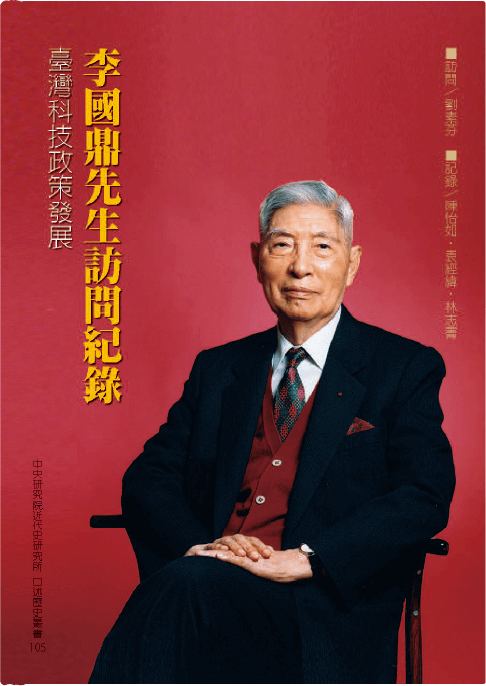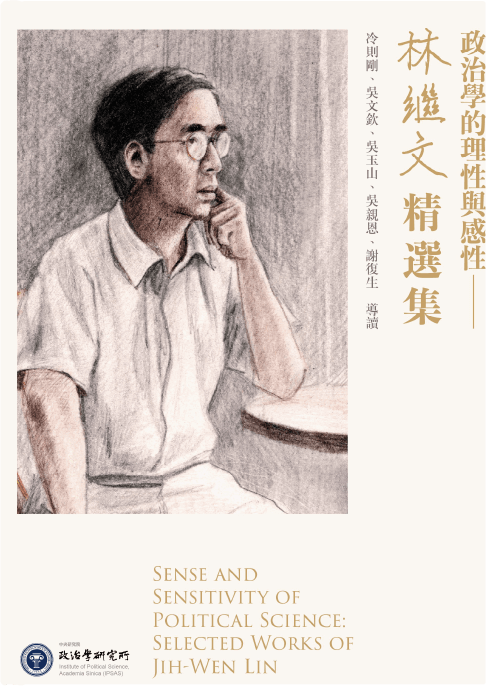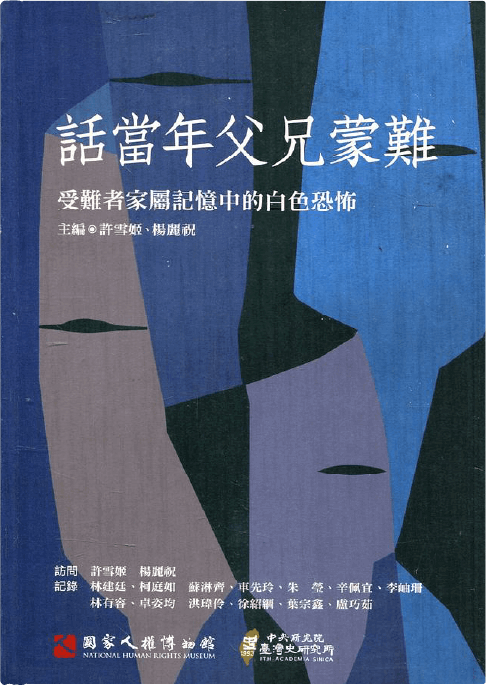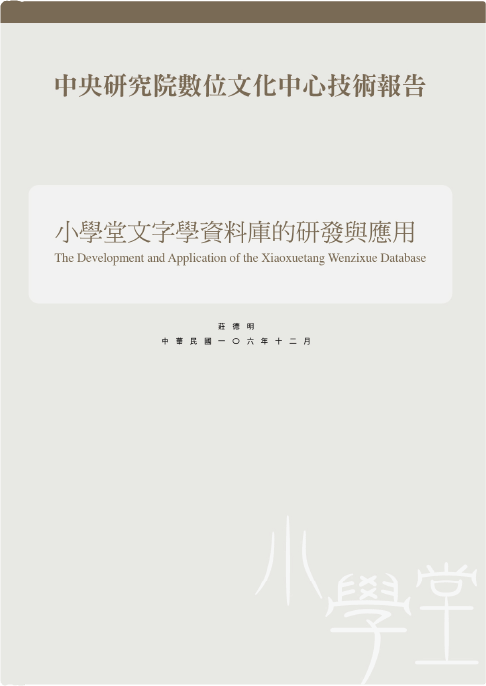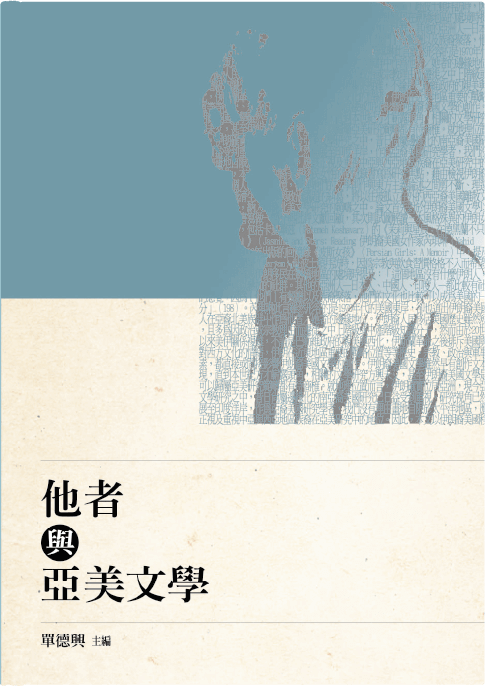
港都百工圖-商品拜物教的實踐與逆轉(精裝)
All Walks of Life: When Workers of Kaohsiung City Encounter Commodity Fetishism
-
作者謝國雄 Gwo-shyong Shieh
-
出版者中央研究院社會學研究所 Institute of Sociology, Academia Sinica
-
出版(發行)日期2013/01
-
ISBN9789860352177
-
簡介"同時萃取與掩飾剩餘價值是資本主義的核心運作原則,本書提出的挑戰是:資本主義萃取剩餘價值,真得需要掩飾嗎?掩飾得了嗎?參與高雄市勞工博物館的籌畫提供了勞工的口述歷史與工廠檔案等資料等來回答這個問題。不論勞工博物館的籌畫本身或者籌畫過程中所推動的高雄市勞工口述影像史計畫,都是一種社會學介入,第二章將分析與反省這種探究社會生活的方式。資本主義中剩餘價值的萃取與掩飾,預設了清晰與分化的「勞」與「資」兩個範疇。這個預設是否會因為不同的場域鬆動?第三章分析了行業傳統的皮鞋業、台灣鐵路貨物搬運業、計程車業、派報業、與默片時代的電影辯士業中勞資範疇的生成、持續、變化與消逝,並探討勞資範疇史對商品拜物教與「結構力量與行動的關係」之意涵。公營與民營大工廠的勞資範疇與勞資關係有別於行業傳統,第四章與第五章分析了唐榮鐵工廠由民營轉為公營再轉為民營過程以及勞資環繞在獎金制與科層制的勞動經驗,第六章與第七章則探討了民營的美麗島塑膠工廠,細究其合理化的經營哲學與績效獎金的運作。第八章總結在商品拜物教、志願性順服與「結構力量與行動」等三個不同層次的議題上的發現與論點。最後,本書將指出港都勞動者的研究如何促成西方個案化與在地普遍化,前者如轉譯與整合西方的分析架構以及將在地個案同時建構為這些架構的範例與異例,後者如重新概念化、提出新論點與確立新的基本議題。
以商品拜物教的「對等交換的理想與實際」與「不同層次的實在間的關係」為焦點,本書發現,行業傳統的師傅、唐榮鐵工廠以及美麗島工廠的勞資雙方,都不迴避剩餘價值的創造與萃取,而是一起擁抱,剩餘價值不需掩飾。爭議起於剩餘價值的透明而不公的分配。即便雇主企圖掩飾剩餘價值的創造與萃取,掩飾得了嗎?本書指出,掩飾不了,一來是霸權經營本身就有其內在的弱點,二來是多樣的薪資制度並存以及績效獎金的計算十分透明,三來是勞動者各種有創意的行動。
商品拜物教實涉及了「結構力量與行動」的關係。本書重新概念化了「行動」:一是結構力量一定要透過行動來中介,二是行動中介有不同的樣態,如順理鬥爭中合法或者非法的手段、直接對抗或者透過象徵、將異議安置在他人口中、與以驕傲、幽默或者反諷來因應勞動困境等,三是這些不同的樣態本身即具有另一層次的中介的效應。本書也提出新論點,即凸顯結構力量的呈現樣態的關鍵地位。呈現樣態指的是:結構力量在行動者的眼中看起來是什麼樣子?如結構力量現身或者不現身、以何種方式現身、現身後是否會變身等。呈現樣態可以強化或者掩飾結構力量,從而是其不可或缺的一環。最後,本書並確立「存在感」這個新的基本議題。存在感指涉了支撐生存的軸心意義,如工作的慣行不僅體現了薪資勞動及其資本主義下的普羅化,更體現了「薪資勞動是生存唯一的軸心」的存在感,從而讓資本主義「存在化」、唯一化與隱身。這三項工作可以讓我們重新定位「志願性順服」,並且偵測到將結構力量「去物化」的可能,進而體現真正的國際化,即「西方個案化、在地普遍化」。"
"The ""simultaneously obscuring and securing of surplus value"" has been proved to be the defining essence of the capitalist labor process. Is it necessary to obscure surplus value? Is it possible? As a way of ""sociological intervention,"" I joined the project of establishing the Kaohsiung Museum of Labor, which produced more than 200 hours of oral history from workers of this harbor city in southern Taiwan. I explored the ways in which surplus value was produced and appropriated in the craft trades, a private-turned-into-public steel factory, and the number-one private plastic factory. The findings indicated that all workers were aware of the production of surplus value and, surprisingly, did not oppose it. Along with their employers, they embraced the goal of producing surplus value, but disputes arose in regards to its distribution. Workers demanded that the ideal of fair sharing of the surplus value be put into practice. Although workers were able to penetrate the obscuring effects of the labor process and wage form, they were still under the shadow of an all-encompassing commodity hegemony, namely, a belief that labor power and labor itself were not different from other commodities.
While the ""simultaneously obscuring and securing of surplus value"" is a manifestation of commodity fetishism, commodity fetishism is a manifestation of capitalism as a structural force. I put forward that ""action"" has an autonomous analytical role, that the modes of mediation by action have impacts on structural forces, and that the modes of manifestation of structural forces, such as disguising and concealing, also influence their efficacy. Finally, the ""ontological touch,"" which conveys the axes of workers' lives, sheds new light upon and lends another lease on life to the structural force of capitalism. And yet, these new dimensions of action and structural forces do not have only a one-sided effect of fetishization; they also contain the potential for de-fetishization."



